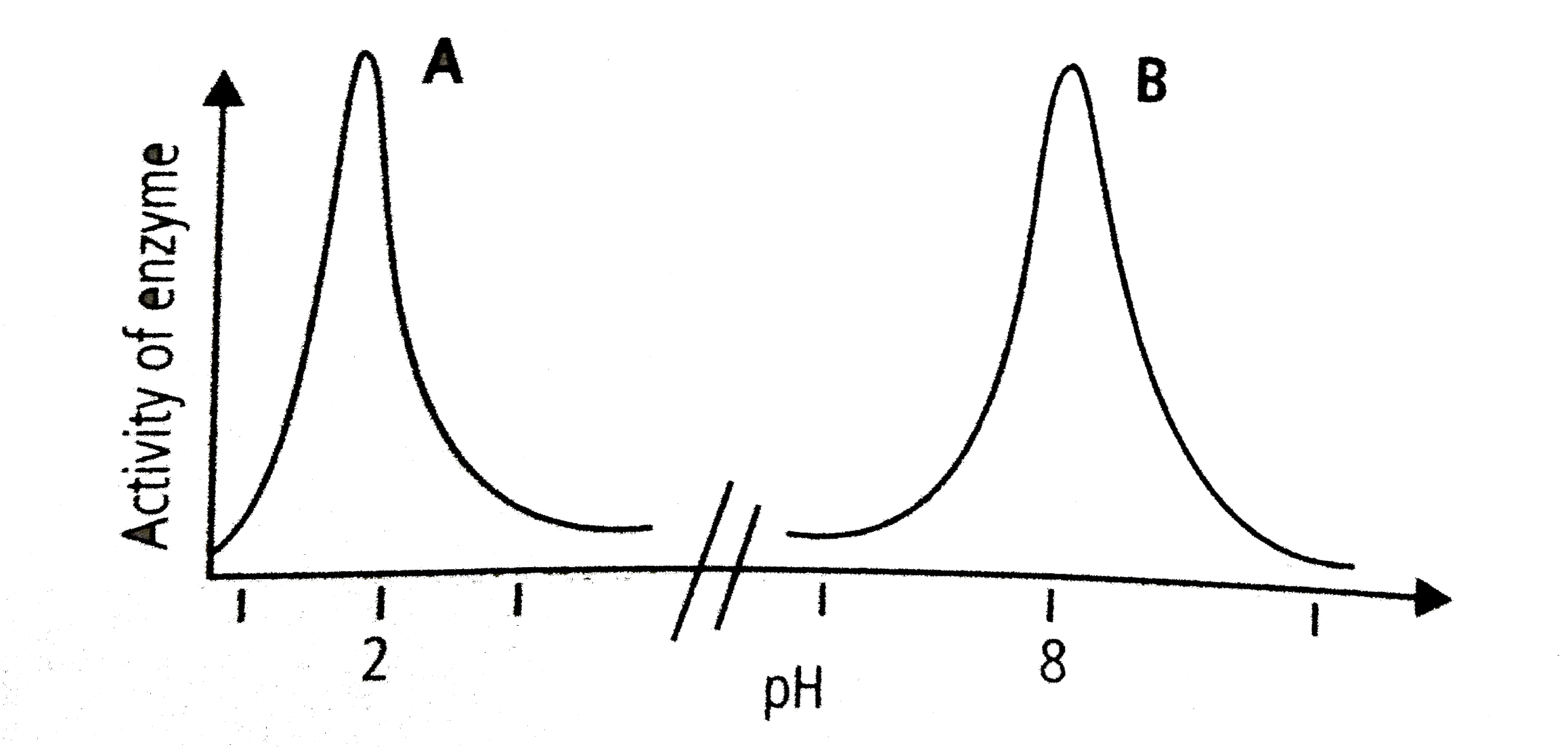Chemically enzymes are
fats
carbohydrates
hydrocarbons
proteins
The correct Answer is:D
Step by step video & image solution for Chemically enzymes are by Biology experts to help you in doubts & scoring excellent marks in Class 12 exams.
Updated on:21/07/2023Topper's Solved these Questions
- BIOMOLECULES(PROTOPLASM)BOOK - ALLENCHAPTER - BIOMOLECULES(PROTOPLASM)EXERCISE - Exercise II
17 Videos
- BIOMOLECULES(PROTOPLASM)BOOK - ALLENCHAPTER - BIOMOLECULES(PROTOPLASM)EXERCISE - Exercise III
23 Videos
- BIOMOLECULES(PROTOPLASM)BOOK - ALLENCHAPTER - BIOMOLECULES(PROTOPLASM)EXERCISE - NCERT Based Problems
8 Videos
- BIOMOLECULE - IBOOK - ALLENCHAPTER - BIOMOLECULE - IEXERCISE - S
20 Videos
- BIOTECHNOLOGY : PRINCIPLES & PROCESSESBOOK - ALLENCHAPTER - BIOTECHNOLOGY : PRINCIPLES & PROCESSESEXERCISE - Question
57 Videos
Similar Questions
Knowledge Check
Assertion: DNA segments can be excised by 'molecular scissors' or 'chemical scalpels' that biotechnologists call restriction enzymes
Reason: Restriction enzymes are synthesised by microbes as a defence mechanism and are specific endonucleases which can cleave double-stranded DNA.AIf both Assertion and Reason are true and the Reason is the correct explanation of the Assertion.BIf both Assertion and Reason are true and the Reason is not the correct explanation of the Assertion.CIf Assertion is true but the Reason is false.DIf both Assertion and Reason are false.Consider the following steps involved in nodule formation in the root of a legume.
(i). Bacteria release chemicals and enzymes.
(ii). Bacteria stop dividing and form bacteroides.
(iii). Roots secrete chemical atractants.
(iv). Formation of infection thread.
(v). Formation of nodules.
(v). Formation of nodulues.
(vi). Division of infected cortical cells.
(vii) Curlinig of root hair and degradation of their cell wall.
(viii). Infection thread grows along with multiplication of bacteria.
Arrange the steps in the right sequence and mark the correct optionA(iii).(i),(vii),(iv),(viii),(vi),(v),(ii)B(iii),(iv),(viii),(i),(vi),(vii),(ii),(v)C(i),(iv),(iii),(vi),(v),(vii),(viii),(ii)D(i),(iii),(vi),(iv),(viii),(ii),(v),(vii)An enzyme acts by
Aincreasing activation energyBlowering activation energyCincreasing the temperatureDinitiating a reaction
Write the chemical reaction catalysed by the zinc enzyme carbonic anhydrase.
View SolutionAll enzymes are not proteins. Which of the following enzyme is not a protein?
View SolutionThose enzymes which are active inside a cell are called extra-cellular enzymes.
Enzymes lower the rate of biological activities.
View SolutionA and B in the given graph are the action spectra of the two enzymes. The two enzymes are

View SolutionArrange the steps of catalytic action of an enzyme in order and select the correct option
I. The enzyme releases the products of the reaction and the enzyme is free to bind to another substrate
II. The active site of enzyme is in close proximity of the substrate and breaks the chemical bonds of the substrate
III. The binding of substrate induces the enzyme to alter its shape fitting more tightly around substrate.
VI. The substrate binds to the active site of the enzyme
View Solution
